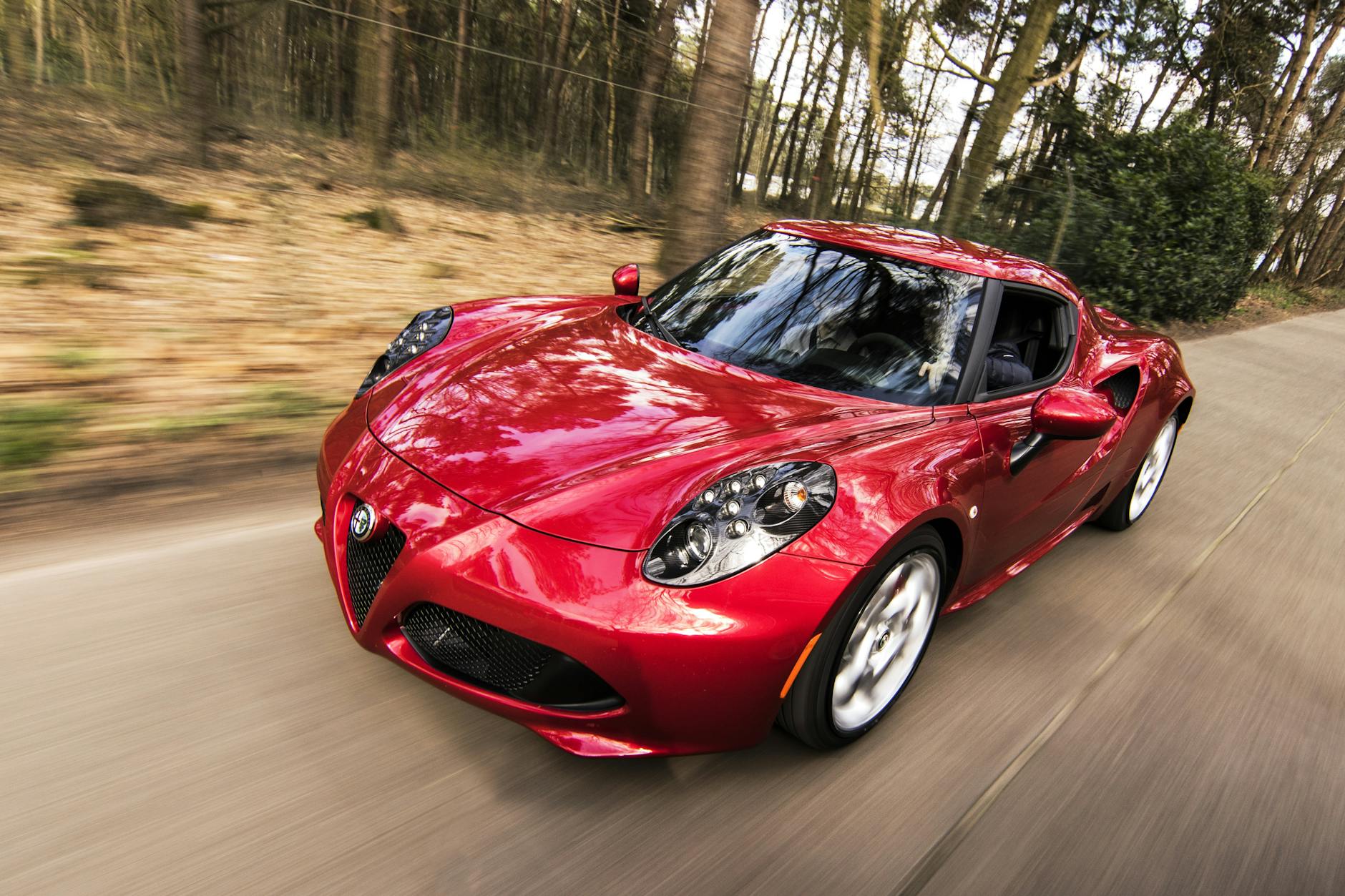This post may contain affiliate links or promotional content. We may earn a small commission at no additional cost to you. Information provided for educational purposes only. Please consult experts before making financial or legal decisions.
Consider sponsoring this post to help us share this knowledge with others! Email our team today.
Subscribe to Run The Money on Substack for more insights on financial resilience, audience growth, and building freedom in uncertain times.
Nowadays, households have no choice when it comes to finances. They need to learn how to manage their cash smartly. Whether it’s tossing coins into your emergency fund, or savings for the golden years, there is always a part of your budget that needs to prepare for the future. Of course, as part of your future plans, you may be considering investments too, whether you’re eyeing up night classes or dipping your toes into the stock market, it’s all about planting seeds for the future. But at the same time, there’s the present day to think of, and that’s where learning to budget is key to making smart decisions about your future needs or your future growth. So, where does car ownership fit into this? In today’s crazy world, having a car isn’t just handy. It’s practically a lifeline. It’s what gets you to work, schleps the kids to school, and occasionally takes you on epic road trips. But here’s the kicker: Owning a car can drain your wallet, too. However, the alternative is not an option. Not having a car can make it incredibly tough to find and maintain employment and get on with your day-to-day responsibilities. But with the freedom of owning a car comes the responsibility of making smart financial decisions. After all, a car isn’t just a mode of transportation. It’s a significant investment that can impact our financial health for years to come. So, let’s buckle up as we explore the art of savvy car spending. It’s time to steer our finances in the right direction and drive towards a brighter financial future.Unsplash – CC0 LicenseBuying a new car Opting for a brand-new car may seem like a smart move, but beware: It’s a financial gamble with steep odds. The moment you drive a new vehicle off the dealership lot, its value starts to plummet. Let’s talk dollars and sense. While that new car may dazzle with its pristine condition and cutting-edge features, the hefty price tag isn’t just for show. You’re investing a small fortune in something that’s destined to lose its value fast. As a rule of thumb, the depreciation rate is between 15% and 35% in the first year of ownership. It reaches over 50% after 3 years. Do you really want to drain your savings in one fell swoop? Is it worth adding another loan burden to your finances? It’s a decision worth pondering, as there might be a smoother financial journey waiting just around the bend.Leasing a new car Car leasing has emerged as a preferred strategy for financially astute households, and for good reason. Unlike traditional car ownership, leasing offers a range of financial benefits that can help stretch your budget further while still enjoying the perks of driving a new vehicle.One of the primary advantages of car leasing is cost-effectiveness. Instead of shelling out a hefty down payment and committing to a long-term loan, leasing allows you to drive a new car for a fraction of the upfront cost. With lower monthly payments and often minimal or no down payment required, leasing enables you to enjoy the latest models without breaking the bank.Furthermore, leasing offers flexibility at the end of the term. Unlike traditional ownership, where you’re stuck with the same vehicle for years on end, leasing allows you to upgrade to a new model every few years. Plus, you can plan the car lease end process to keep your car. This flexibility means you can drive a new car for less while still having the opportunity to own it at the end of the lease if you so choose.Buying a used carWhile this may look like a bargain at first, purchasing a second-hand car requires careful consideration. While these vehicles may initially appear cheaper than their brand-new counterparts, the true cost of ownership often reveals itself over time. One of the key factors to bear in mind is the potential for higher repair and maintenance costs associated with older vehicles. As cars age, wear and tear become more prevalent, leading to increased expenses for upkeep and repairs. From routine maintenance tasks to unexpected breakdowns, the costs can quickly add up, potentially outweighing any initial savings on the purchase price.Whether buying a used car is a smart financial move ultimately hinges on the condition of the vehicle. While some second-hand cars may offer reliable performance and minimal maintenance requirements, others may harbor hidden issues that could turn into financial headaches down the road. Therefore, it’s essential to conduct thorough research, inspect the vehicle carefully, and consider factors such as mileage, maintenance history, and overall condition before making a decision. In conclusion, while there are many options available when it comes to car ownership and situations vary, you want to carefully consider the financial implications. It makes sense for more and more households to look into car lease plans to save money.
Some content on this site is contributed by partners or external sources. All submissions are reviewed for quality.

Leave a Reply